Ambulance drivers transport seriously ill or injured individuals from their homes and other places to move to the hospital or clinics for immediate medical attention.
Different tasks may include stocking emergency supplies, communicating through radio with medical staff, loading and unloading stretchers into ambulances and keeping up the cleanliness of the vehicle.
Additionally, you may be called to report the actualities of a transport situation to the hospital emergency staff or in some other cases, to law enforcement. A person who wants to be an ambulance driver must have a valid driver’s license for Filipino drivers and a good driving record.
They should be flexible with the working hours as it requires them to work more than the usual working hours or extra hours a day, depending on their needs. They also drive quickly but carefully, to make sure that the patient arrives in their destination safely.
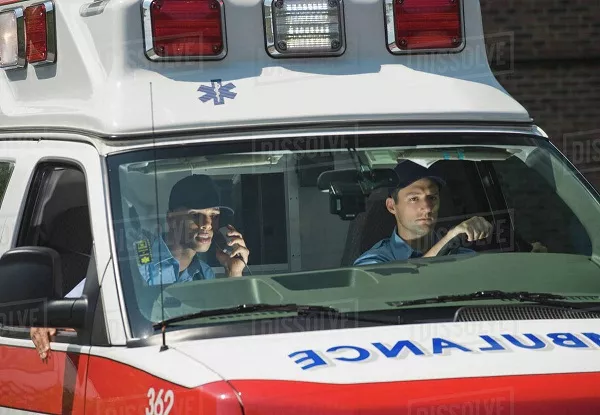
Be an ambulance driver and save lives
An ambulance driver must be able to travel in any traffic situations with caution and readiness, without risking the public or the patient. Aside from this, they must ensure that the vehicle is sufficiently fueled, prepared, cleaned, sanitary and complete with medical supplies.
Having excellent physical durability is also essential as they may need to load and unload patients. The article from Philkotse.com will provide some tips to become an efficient ambulance driver.
1. Medical training
You don’t have to be a college graduate to be an ambulance driver. You can get employment with a high school diploma and a valid driver’s license. Having emergency medical training to drive an ambulance is not always necessary, but it is better to have one.
In the Philippines, TESDA is offering health-related courses to let you gain proper knowledge of essential life support, like CPR. It may not be a requirement but an option.
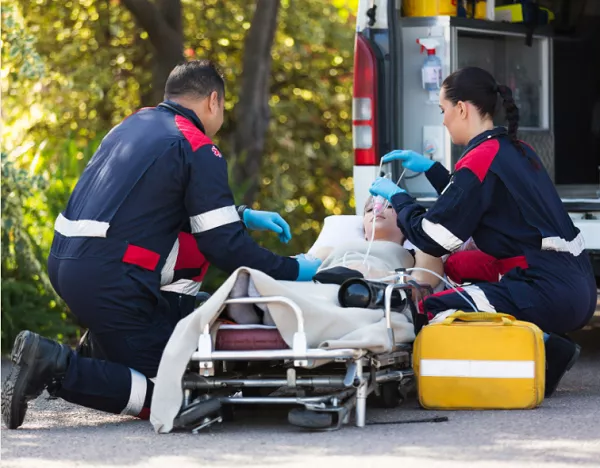
It is better to have medical training to drive an ambulance
2. Defensive driving
One of the skills of being an ambulance driver is to be a defensive driver. You should be able to quickly but safely drive the vehicle in a traffic situation and any weather condition. Some people do not like lights and sirens, and the chaotic settings bother them.
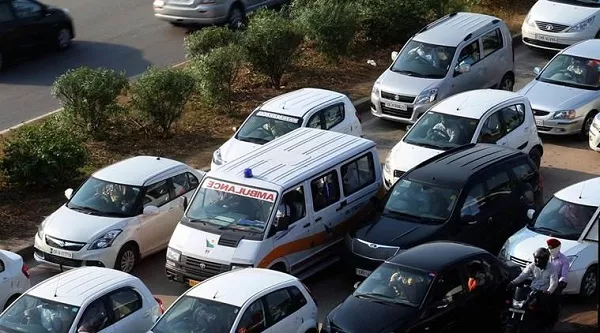
There are chances that an emergency vehicle would try to respond during rush hours
Expect and be prepared for other vehicles around you is about to do something stupid. Always keep your eyes moving, looking at the traffic around you. Think ahead of the other cars around you when it comes to instinct like them behaving something foolish.
And it does happen. Ambulance car is a big vehicle. It is like handling a delivery truck at high speeds, and things can turn out badly all around quickly.
>>> Read more tips on defensive driving in the Metro Manila:
- Beginner’s guide to defensive driving in the Metro
- 4 surviving tips while driving in the Metro Manila, Philippines
3. Decision making
Ambulance drivers should know how to evaluate the situation and make quick and accurate decisions relating to patient care and the route to take. Decisions made by emergency vehicle staff are frequently time-basic and dependent on the data provided to them.
Wrong choices could have positive or negative consequences for patients. It is essential for you to stay alert and focus. Drivers who are experiencing too much fatigue and exhaustion from long work hours and inadequate dispatch procedures can contribute to your decision making.
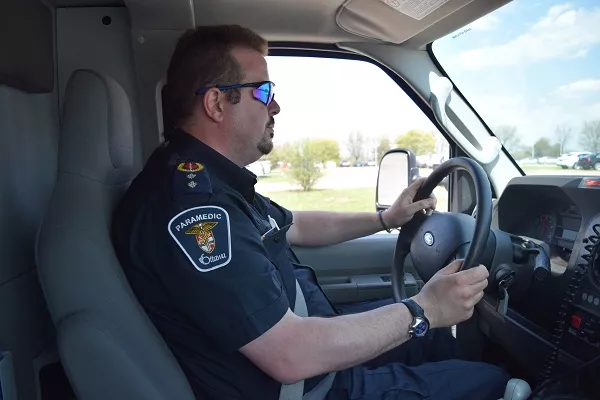
An ambulance driver has a sharp mind and fast reflexes
4. Know where to go
A good ambulance driver knows their area and knows how to get around in their response area too. Aside from the dispatch that assists you with the directions, it is best that you know how to use or read GPS devices. These are to determine the quickest and safest routes to their pickup locations and the hospital.
You might have all the navigation apps to locate the destination but there are still places that are difficult to find, and even your GPS might not be able to help you. If the location is a rural area, ask assistance from the police to lead the way.
5. Complete safe driving courses
Some employers have on the job training for ambulance drivers. For prospective drivers, they are asked to complete safe driving courses and obtain a certificate after being hired. Topics covered are safe driving, navigation and GPS and legal requirements for emergency vehicle drivers.
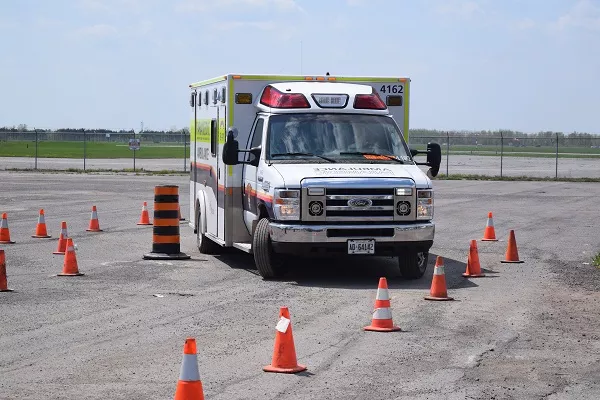
Driving an ambulance is about 3 things: Skill, knowledge, and judgment
These courses combine classroom and sometimes practical experience. Obtaining these courses and acquiring this certification will help you with your career and to better enhance your skill.
6. Preventive maintenance
Being an efficient ambulance driver, you should always make sure that the vehicle is well maintained. It is not an ordinary vehicle. Typically, for a new ambulance, the preventive maintenance comes from manufactures owners’ manual. Make a checklist or record of all the inspection report and also the services performed previously.
Proper maintenance means your ambulance should run like new and your patients stay safe. Tires, oil level, axle and wheel alignment, fluid levels are some of the things that should be check daily.

Drivers should take care of their vehicle
The vehicle should be in good running condition and at the peak of performance and can get to their destination on time. It should also be clean and issue free always so that it will always be ready anytime.
7. Keep your cool
Driving an emergency vehicle, in reality, is hazardous and requires a lot of focus. Be professional. Over-excitement will not help you. Possibilities could be injuring yourself, your companions or the people around you. You might have an adrenaline rush, but it is how you respond to your excitement and behavior is what is essential.
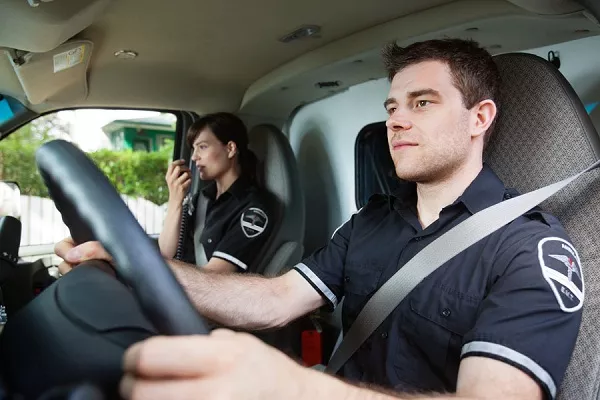
It is important to manage stress level down so you can manage driving fast and safely
The high speeds and knowing that someone might not be breathing when you arrive are enough to get you juiced up with adrenaline if you're not careful. How to stay away from the adrenaline surge? Stay calm as much as possible.
>>> Click here for more useful tips and advice for smart driving.
Recent posts
- 5 must have skills & qualities to be a good truck driver Oct 28, 2019
- 8 car parking etiquettes that every Filipino drivers should practice May 06, 2019
- How to drive safely around emergency vehicles Jan 24, 2019
- Ambulance behind you: Here's what you need to do Jan 10, 2019












